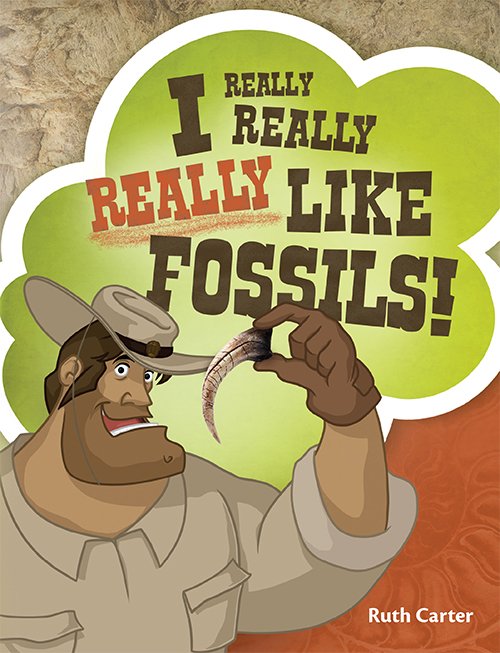What Was Fossilized?
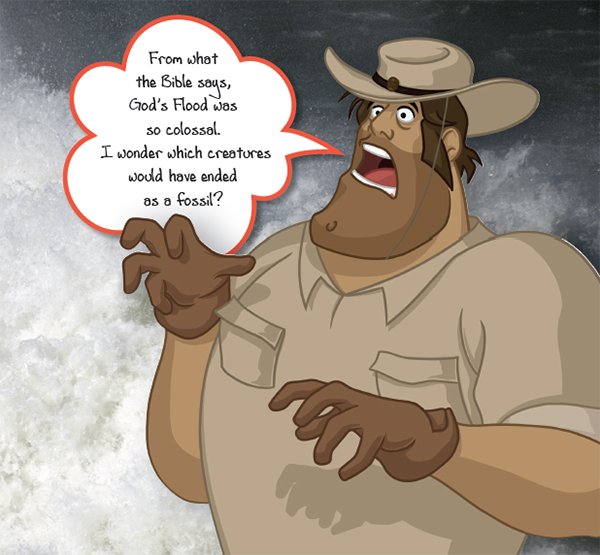
This might sound surprising to you, but 95% of all fossils are creatures from the sea like clams, corals, sea snails, trilobites, and lamp shells. These organisms do not have backbones. They do have hard outer parts that have the greatest chance to become fossils. Somehow they had to have been buried quickly and so deeply, under heavy layers of sediment, that they were unable to escape. They died. The conditions were perfect for them to be turned into rock.
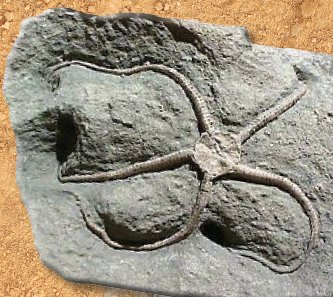
Nearly 5% of all fossils are plants. Many are ferns, but some are ordinary plants like oaks and willows. These, too, were buried deeply under sediment. The conditions were perfect for them to be turned into rock.
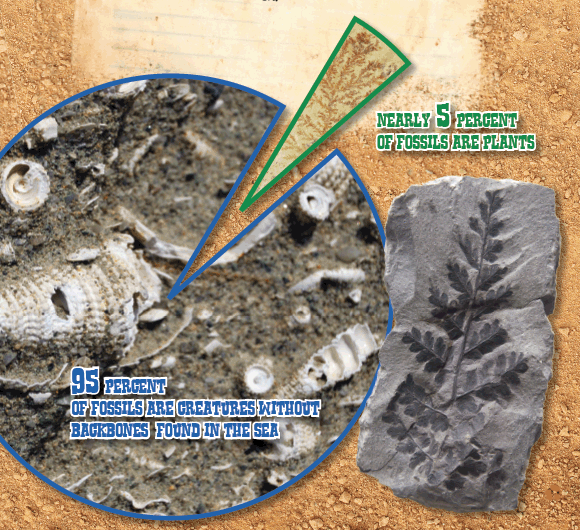
Less than 1% of all fossils are animals with backbones, which we call vertebrates. These would be the bones of animals like fish or birds or dinosaurs, but they are very rare. So few fossils are vertebrates because many of these animals lived on land. When land animals die in water, they often bloat, float, and rot. They are not easily and quickly buried. Their bodies would have decomposed from bacterial action or been ripped apart by strong flood currents or been devoured by scavengers. A few vertebrates, or parts of vertebrates, remained intact, were buried quickly, and the conditions were perfect for them to be turned into rock.
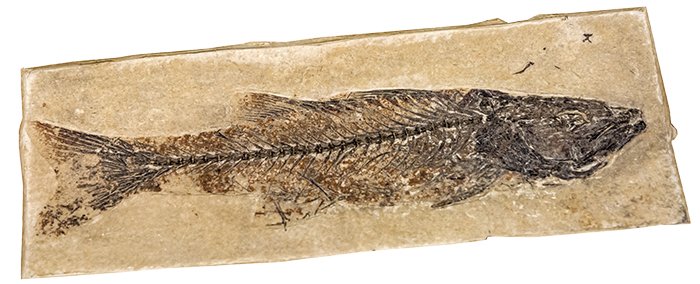
I Really Really Really Like Fossils
This book of fossil facts teaches kids how fossils are made, where to find fossils, and what can be learned from fossils—all from a biblical perspective!
Browse Kids Book- © 2025 Answers in Genesis
- Privacy Policy
- Contact
- About

